
NASA’s James Webb Space Telescope captured newborn stars forming in clouds of dust and gas (colored golden and orange in this image) in a star-forming region called Pismis 24.
Read More
NASA’s James Webb Space Telescope captured newborn stars forming in clouds of dust and gas (colored golden and orange in this image) in a star-forming region called Pismis 24.
Read More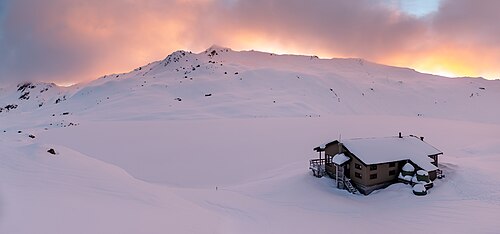
| Picture of the day |
|---|
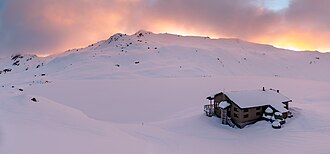
|
|
Winter Angelus Hut with Angelus Lake behind it. In the clouds, no name peak (1860m) can be seen. Picture taken during the sunset. Nelson Lakes National Park, New Zealand
|


Arsia Mons, one of the Red Planet’s largest volcanoes, peeks through a blanket of water ice clouds in this image captured by NASA’s 2001 Mars Odyssey orbiter on May 2, 2025.
Read More


This NASA/ESA Hubble Space Telescope image features a cloudscape in the Large Magellanic Cloud., a dwarf satellite galaxy of the Milky Way.
Read More
| Picture of the day |
|---|

|
|
Water reflection of sunset with gray and orange clouds over the Xe Don River, and three boats moored to the bank in Pakse, Laos.
|
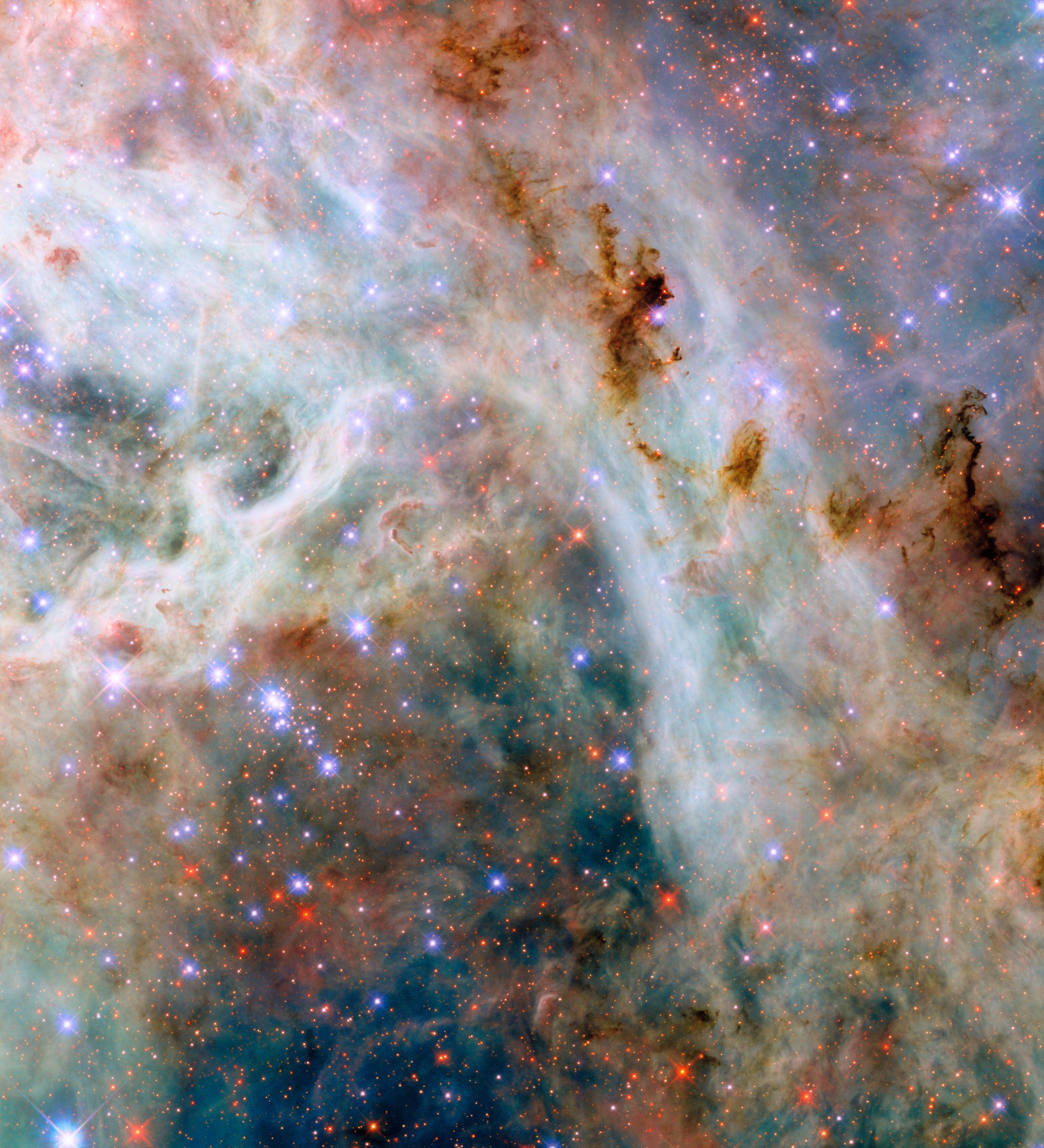
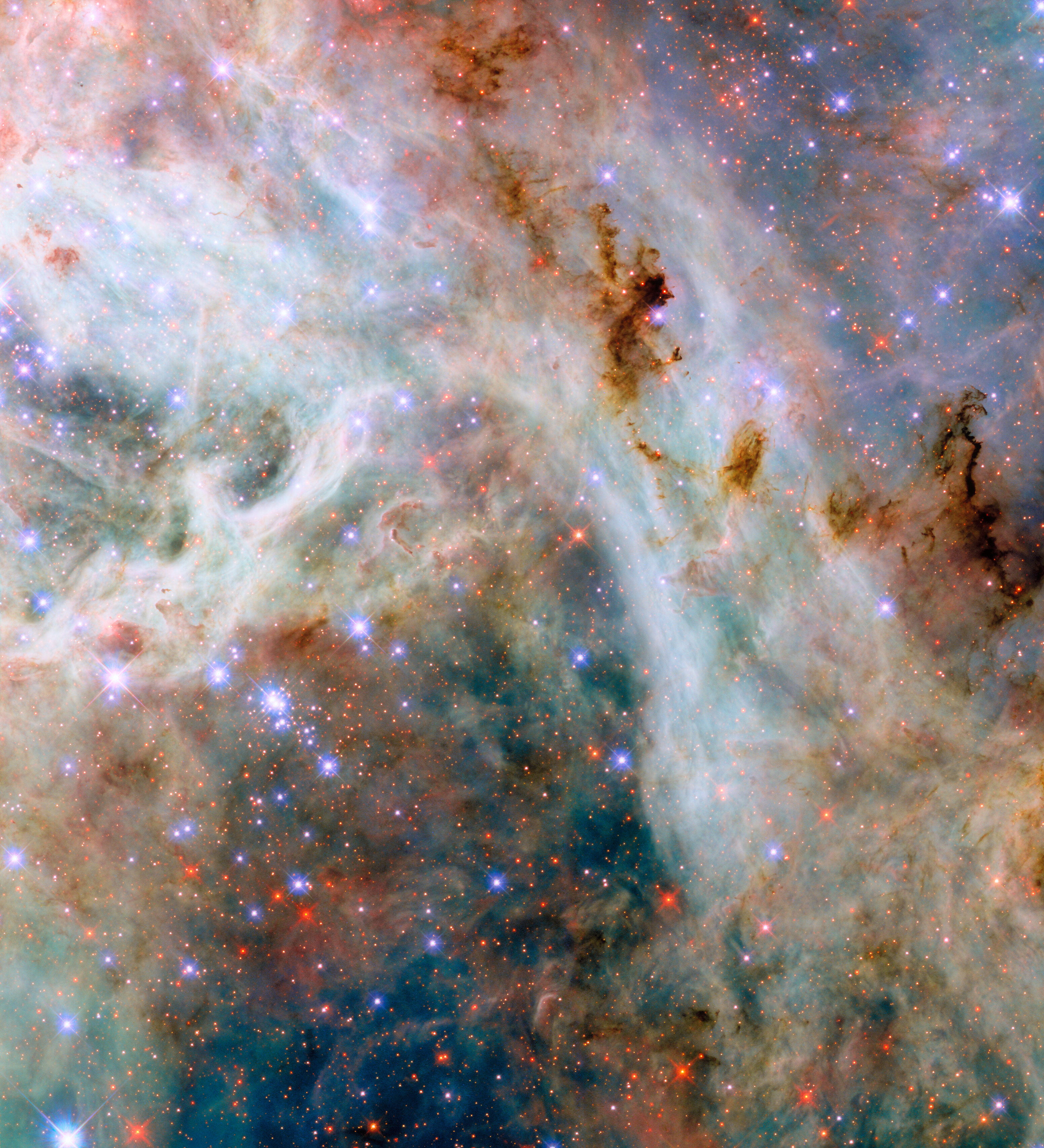
This NASA/ESA Hubble Space Telescope reveals clouds of gas and dust near the Tarantula Nebula, located in the Large Magellanic Cloud about 160,000 light-years away.
Read More

NASA’s Curiosity Mars rover captured this feather-shaped iridescent cloud just after sunset on Jan. 27, 2023, the 3,724th Martian day, or sol, of the mission. Studying the colors in iridescent clouds tells scientists something about particle size within the clouds and how they grow over time. These clouds were captured as part of a follow-on imaging campaign to study noctilucent, or “night-shining” clouds, which started in 2021. This scene made up of 28 individual images captured by the rover’s Mast Camera, or Mastcam.
Read More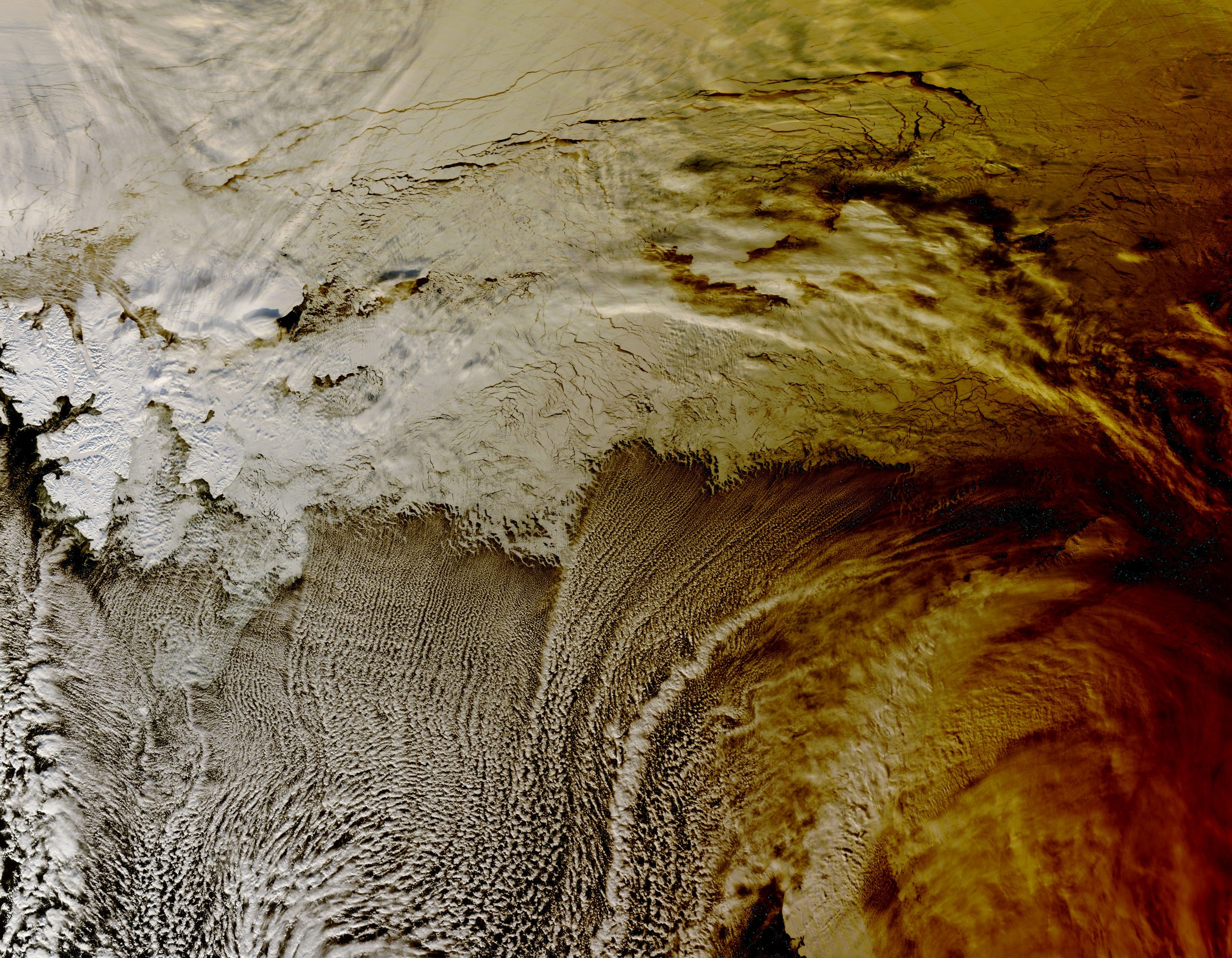
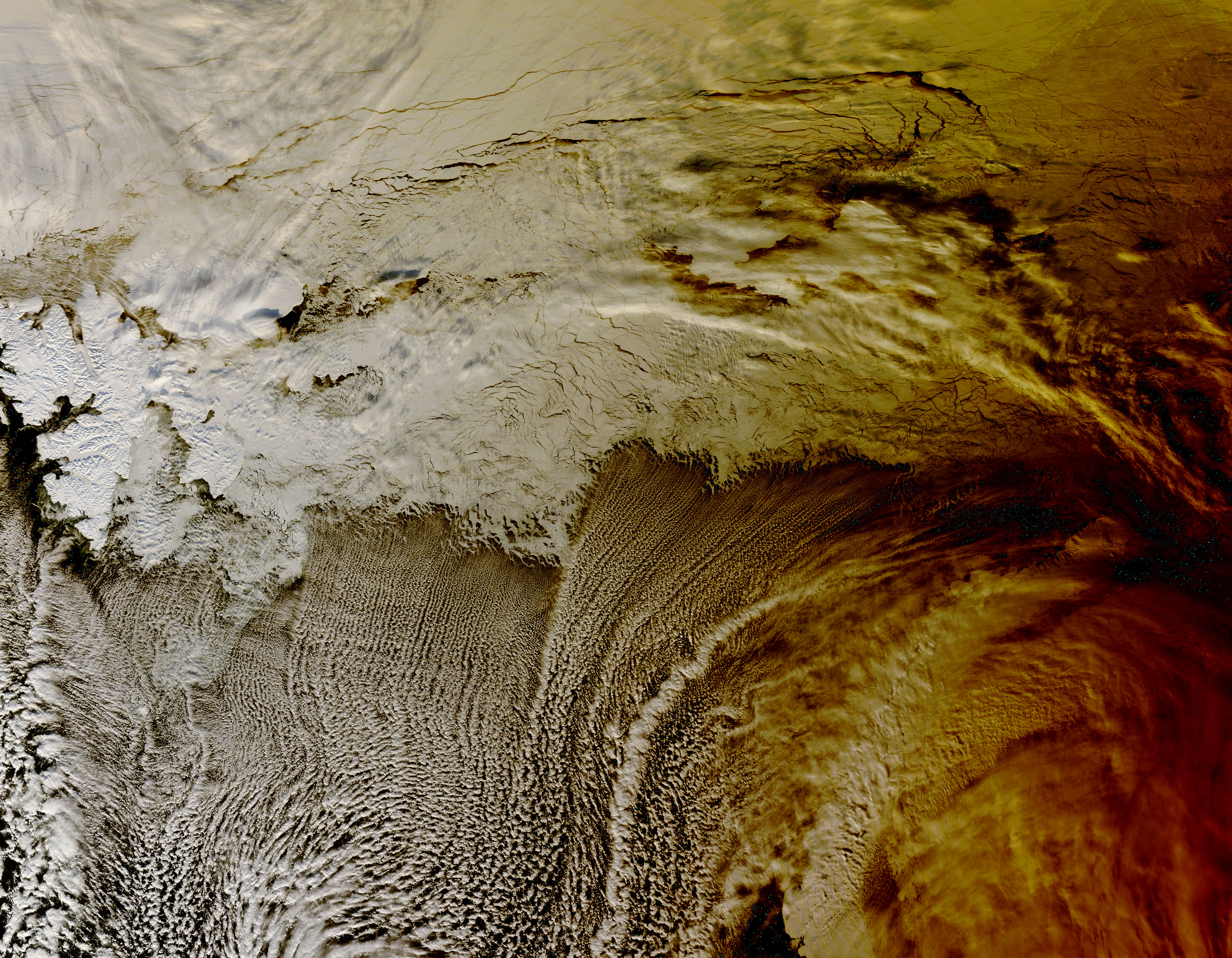
During the morning of March 20, 2015, a total solar eclipse was visible from parts of Europe, and a partial solar eclipse from northern Africa and northern Asia. NASA’s Terra satellite passed over the Arctic Ocean on March 20 at 10:45 UTC (6:45 a.m. EDT) and captured the eclipse’s shadow over the clouds in the Arctic Ocean.
Read More